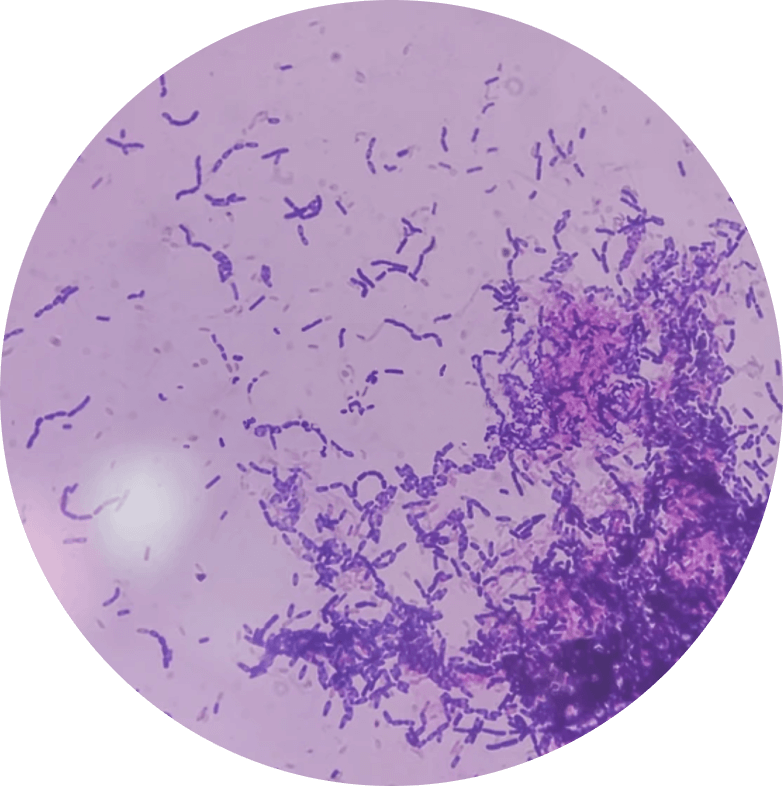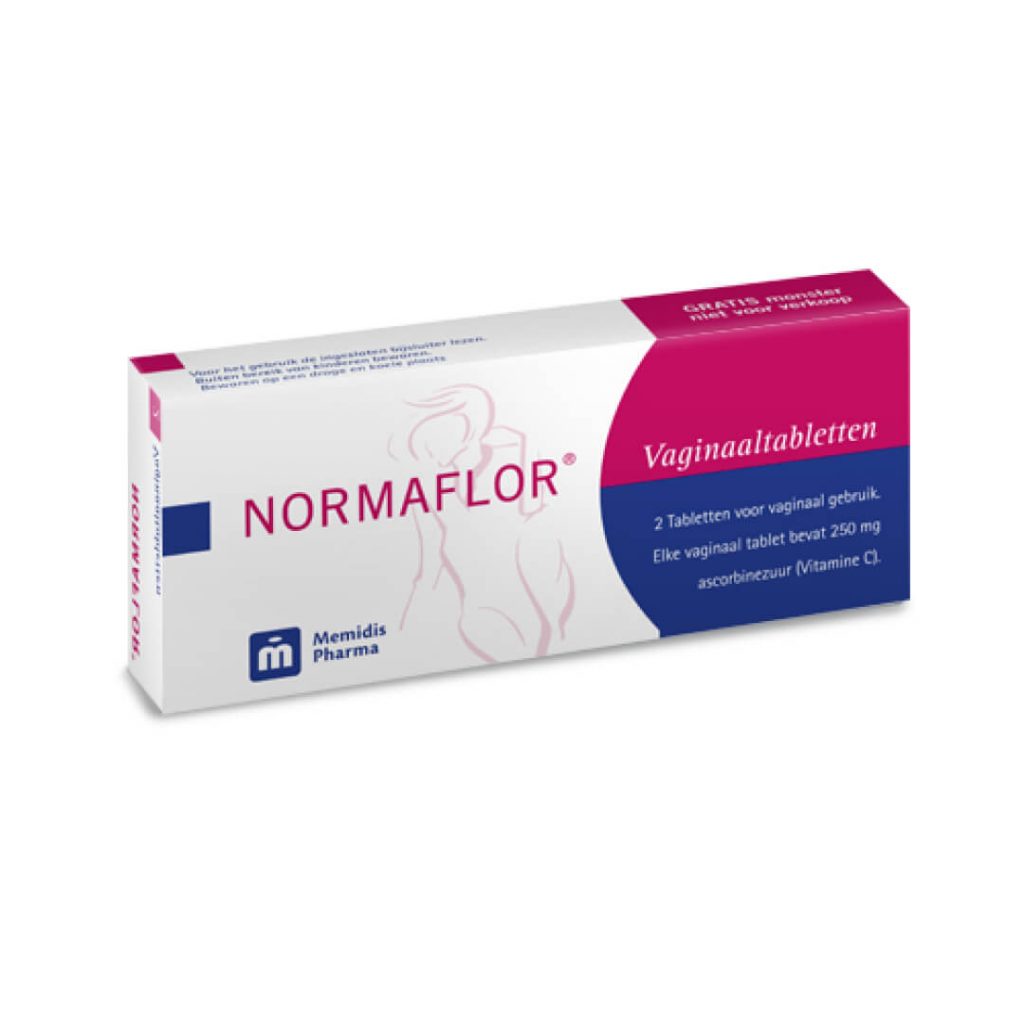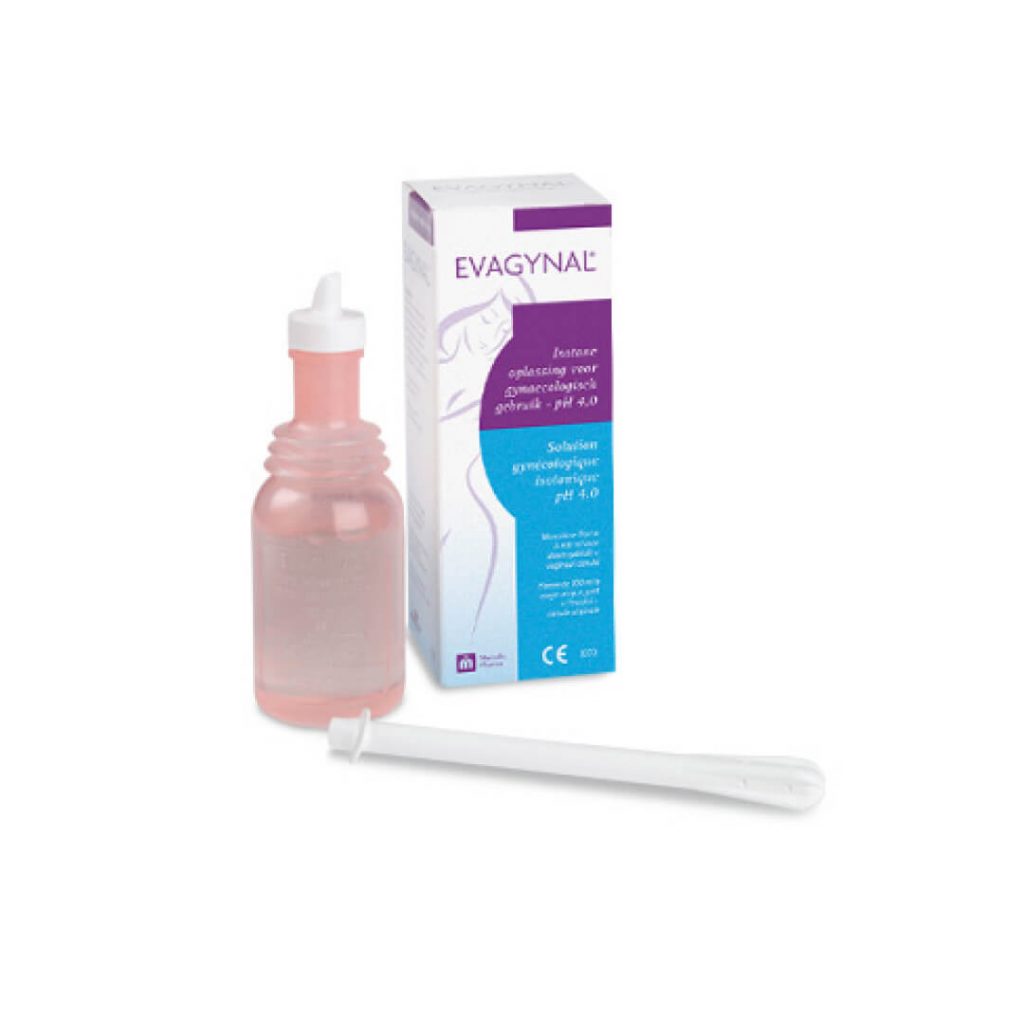What is a vaginal yeast infection?
A vaginal Candida infection is also called fungal infection but it is actually a yeast. The group of Candida species includes Candida Albicans, which in most cases is the causative agent of vaginal yeast infections. A balance exists between the different types of bacteria and yeasts that normally live in the vagina. When this balance is disturbed, because of the heat and humidity in the vagina, overgrowth of Candida can easily occur.
Vaginal Candida infections are, after Bacterial Vaginosis, the most common cause of discharge symptoms of the vulva and vagina during women’s fertile years. After menopause, the risk of Candida infection decreases significantly.
Because of the symptoms, a vaginal Candida infection can cause quite a breach in the sexual well-being of the partners.
Some women will never get a vaginal Candida infection. Others a rare time and a third and yet large group may get a recurrent fungal infection.

How does it arise?
Usually there is no obvious cause for the development of a vaginal Candida infection but the situations below can play an important role:
- use of broad-spectrum antibiotics
- pregnancy
- diabetes
- overweight
- use of the pill
- menstruation
- Wiping incorrectly after defecation
- hereditary tax
- washing with soap
- oral-genital sex
Can it hurt?
In healthy women, a vaginal Candida infection usually doesn’t pose a risk for other conditions.
A vaginal Candida infection has no consequences for pregnancy. However, the baby can become infected during birth and develop thrush. Thrush is very bothersome for the child and manifests as white patches and blisters in the mouth.
It’s therefore important to consult your doctor for treatment.
Especially with recurring infections, sexual intercourse can be painful and lead to loss of libido. Like bacterial vaginosis, a recurring candida infection can have a significant impact on women’s quality of life and sexual well-being.
Vaginal Candida infections can sometimes lead to the development of long-term pain in the vulva (vulvodynia)
How do I know if I have a vaginal candida infection?
In Candida infections, the acidity (pH) is usually normal. A vaginal pH test can determine if the vaginal pH is normal. Use this to rule out Bacterial Vaginosis.
If you have, in combination with a normal acidity, somewhat crumbly, white discharge resembling curd, and the skin around the vagina is red and you have itchy labia and/or a burning sensation when urinating, then it’s likely that you have a Candida infection.
What can I do about it?
If you have symptoms contact your doctor. They will perform additional microscopic examination or take a culture for laboratory testing.
In most cases, if positively identified, an anti-mycotic (anti-fungal) treatment will be prescribed. This can consist of an oral treatment (for example, a short 1-day course with Fluconazole or Itraconazole) or with 1 to 7 day courses with a vaginal antimycotic, such as Butoconazole, Clotrimazole or Miconazole. In some cases, even though Candida is NOT a sexually transmitted condition, it may be beneficial to treat the partner with a cream.
How can I prevent it from recurring?
Look at the top of this page at the causes to see if you can prevent it with lifestyle adjustments. Don’t wear pantyliners containing plastic and wear as much cotton and non-tight-fitting underwear as possible. If you consume a lot of sugar, reduce this to a minimum.
After the, especially short, courses with the anti-mycotic, the inflamed and red skin of the vaginal tissue is often not sufficiently healed. As a result, the Candida, which naturally occurs in the vagina, can re-establish itself in the vaginal tissue. It is therefore important that the inflamed tissue heals as quickly as possible.
You can use Premeno vaginal ovules or Hyalofemme vaginal gel for this. Premeno and Hyalofemme have wound-healing properties.


